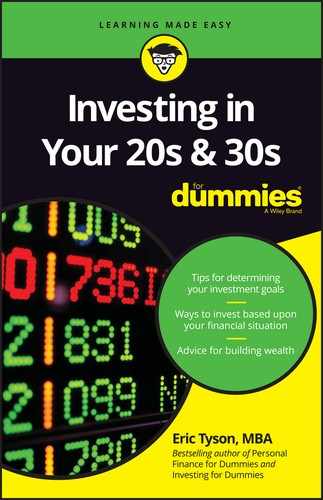Book Description
Investing in Your 20s & 30s For Dummies (9781119293415) was previously published as Investing in Your 20s & 30s For Dummies (9781118411230). While this version features a new Dummies cover and design, the content is the same as the prior release and should not be considered a new or updated product.
The easy way to make sense of investing when you're just starting out
Today's 20- and 30-somethings have witnessed a miserable investment market during most, if not all, of their adult lives. But going forward, the opposite is more likely to be true. In order to build a retirement portfolio that is capable of covering expenses in your golden years, it is necessary to start saving and investing while you are young. Investing in Your 20s & 30s For Dummies offers investment advice for taking the first steps as you star out on your own earning a livable income.
Investing in your 20s & 30s For Dummies cuts to the chase by providing emerging professionals, like yourself, the targeted investment advice that you need to establish your own unique investment style. Covering everything from evaluating assets and managing risk to demystifying what the phrase "diversifying your portfolio" really means, this guide offers expert investment advice that you shouldn't be without.
- Helps you determine your investment timeline and goals
- Offers plain-English explanations of investment lingo
- Includes tips for investing while having debt
- Guidance on where and when to seek investment advice
If you're in your 20s or 30s, the sooner you're investing, the more time you have to compound your returns and grow your portfolio. So what are you waiting for?
